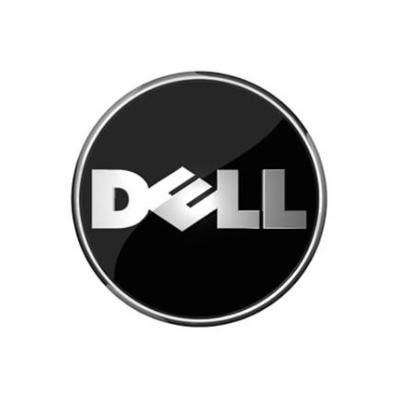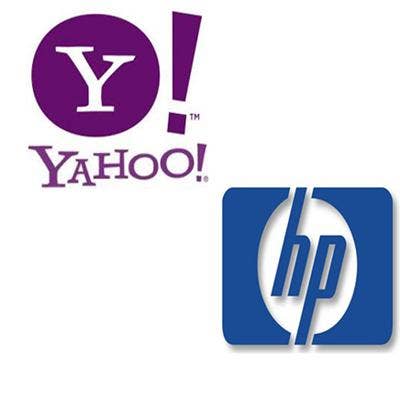10 Years Ago In IT: July 2000

July 2000 -- The Action Heats Up
The heat was on, as IT solution providers increased their product lines, some opting to get more funding by going public. Well known vendors were scooping up companies to augment their own offerings, and management changes were afoot as well.

IBM Names Palmisano President, COO
IBM named company veteran Samuel Palmisano as its president and chief operating officer, on July 24, 2000, laying the groundwork for the succession of chairman and chief executive Louis Gerstner. Palmisano, who started with IBM in 1973, was elected chairman in October 2002, and has served as CEO since March 2002.

Is Napster Off the Air?
U.S. District Judge Marilyn Hall Patel ruled that the Recording Industry Association of America had a right to enforce its copyrights, ordering Napster to close its virtual doors by midnight on Friday, July 28, 2000. Although the Audio Home Recording Act of 1992 permitted the sharing of music for noncommercial use, both U.S. District Judge Marilyn Hall Patel and the RIAA argued that wholesale copying and distribution to more than 20 million users was not covered under that act.

USi Names New CEO
Former COO of USinternetworking, Andrew Stern, was promoted to CEO this month. The company, a darling of the dot com boom, announced that its founder and former CEO, Christopher McLeary would become the head of a newly created USinternetworking executive committee, while retaining his role as chairman of the board. In the Fall of 2006, the software management company was acquired by AT&T Corp. for $300 million.

Dell Sets Sights On Entry-Level Storage Market
Dell expanded into the entry-level storage business collaborating with Quantum's DLT unit and Storage Systems Group's Server Appliances division. The companies agreed to work with Dell to collaborate on network-attached storage. Until this point, Dell's NAS product family was OEM'd from Network Appliances via a deal signed in late 1998.

Corio Tests the Waters With IPO
On Friday, July 21, the application services provider Corio became public by trading 14.1 million shares on the NASDAQ stock market. The stock was offered at an initial price of $13 and reached almost $20 by the day's close. In January 2005, IBM said it would pay $182 million to acquire Corio. A year earlier, CEO George Kadifa (pictured) sat down for a one-on-one with CRN.

Republican Convention Highlights GOP Web Strategy
President Barack Obama is widely credited with being the first Web-savvy presidential candidate, but 10 years ago, Republican Web sites rnc.org, gop.org and gopconvention.org were streaming video of convention proceedings from Philly's First Union Center and polling the party faithful on platform positions via a new technology for conducting surveys through e-mail. In addition, a pop-up window on the rnc.org home page let visitors sign up to receive e-mail alerts that notified them when Republican front-runner George W. Bush was campaigning nearby.

It's Not Last Call
Blue Martini and its CEO Monty Zweban was actively courting solution providers in July 2000, the same month of its successful IPO. One of its largest partners was Andersen Consulting (now Accenture). Its main competition was BroadVision, Vignette and E.piphany. Although BroadVision and Vignette are still alive and well, Epiphany (formerly E.piphany) CRM software is now produced by Infor, and Blue Martini software applications are currently sold and supported by Escalate Retail.

HP Introduces Corporate Yahoo! Portal Solution
The HP E-services Portal, unveiled July 18 2000, was an extension of the alliance formed between HP and Yahoo! in August 1999. The HP E-services Portal let companies provide employees with targeted information through the My Yahoo! interface.

Counterpane Launches Security Insurance Program
Counterpane Internet Security, a managed security monitoring firm, announced an insurance program backed by Lloyd's of London that offered coverage against loss due to security breaches.
Counterpane offered two types of insurance coverage, one offering insurance for loss or damage to information assets because of a security breach or technology failure, and the other a warranty plan that lets Counterpane's clients extend information-asset coverage to their own customers.